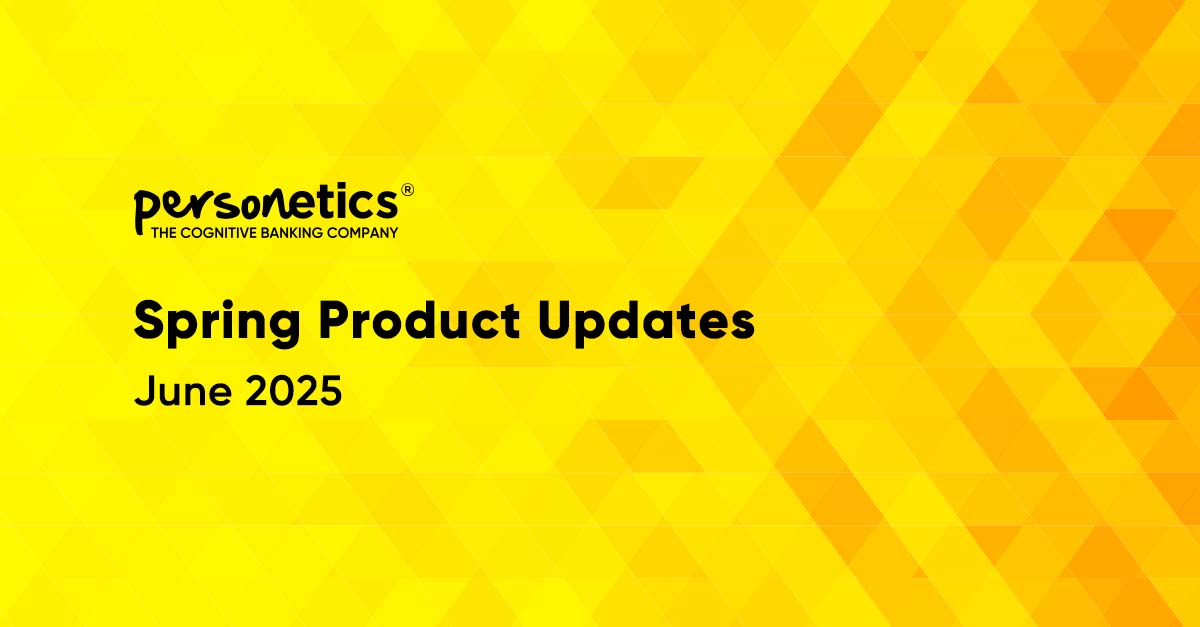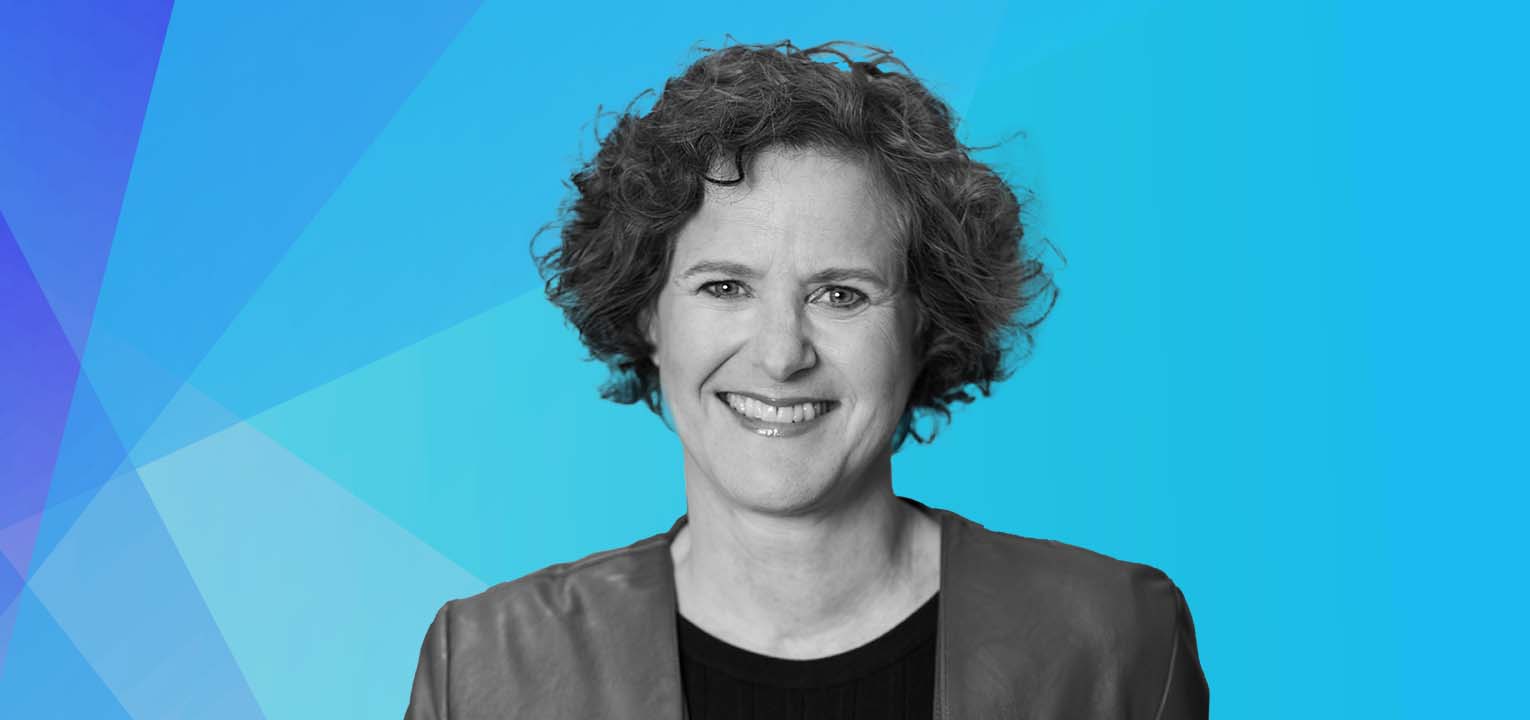April 7, 2022
Reshaping Overdraft Response to Drive Business Impact

Overdraft response is top of mind for banking leaders, as competitive pressures and changing customer demands are reshaping financial institutions’ expectations for how to manage overdrafts. Several major national banks and credit unions have recently announced changes to overdraft fees or policies to lessen impact, and we applaud the industry for taking these important steps.
Beyond minimizing impact of fees, Personetics believes that there exists an even greater opportunity for financial institutions to proactively help customers anticipate low balance issues, while deepening customer relationships and increasing Customer Lifetime Value in the process.
I recently moderated a panel discussion with Arijit Roy, EVP – Head of Deposits, Small Business Banking, Strategy, Analytics – Retail Bank at Truist; Steven Nolt, Sr. Director, Consumer & Business Banking Deposits at Santander US; and Mindy Hauptman, Partner and Director at Boston Consulting Group. We discussed what they are hearing from customers, how financial institutions are evolving their overdraft response, and what is at stake for FIs and their customers.
Let’s take a closer look at the latest thinking from industry leaders in overdraft response and show how customer-centric innovation can be a guiding principle for your institution.
Customers Need Short-term Liquidity
One fundamental point that sometimes gets lost in the public conversation about overdraft fees is that overdraft products are serving a legitimate customer need. Many customers need short-term liquidity solutions when they are having a low balance issue.
According to Mindy Hauptman from Boston Consulting Group (BCG), her firm sees the industry shifting to a range of additional liquidity solutions, including advance access to earned wages, small dollar credit, and overdraft “insurance.”
Banks are going to have challenges to recoup all the revenue that they forego from overdraft changes, but they can do this by reimagining the mass market retail banking experience. BCG research shows that financial institutions have opportunities to expand the range of “financial jobs to be done” that they help customers achieve and become a partner in helping their customers manage their financial lives.
By taking a more proactive, involved “trusted advisor” role in supporting their customers’ financial wellness, FIs can also drive business impact – by deepening their customer relationships, improving the targeting of their cross-sell efforts, increasing core deposits, and generating long-term customer retention and customer loyalty.
The End of the $42 Latte
Another challenge of overdrafts is that they are a blunt instrument for addressing customers’ cash flow needs. FIs need to take a more nuanced approach to support their customers.
Arijit Roy from Truist said that his bank is looking to reimagine the everyday checking account experience, based on taking a closer look at the root causes of overdrafts and looking at which customer profiles were experiencing overdraft conditions.
“We were quite surprised by the buckets of customers who were utilizing overdraft,” Arijit said. “We saw little correlation between FICO and the usage of overdrafts, we saw a small group of clients that were overdrafting significantly higher than others, and we found that the curing of overdrafts happened more easily than we’d expected. Over 75% of overdrafts cured within 24 hours.”
We’ve all heard about the concept of the “$42 latte,” the idea that customers might spend $5 at a coffee shop, only to incur a $37 overdraft fee. Arijit and his team wanted to eliminate that experience for customers; they also wanted to make sure that a customer who’s in a grocery store checkout line who might be having a low balance issue can still buy food for their family without having their transaction declined.
Truist has recently launched its new Truist One checking account to reimagine the checking account experience. Customers who have a low balance issue don’t necessarily need a long-term solution, they need immediate, short-term liquidity. To address this, the Truist One account offers a $100 courtesy buffer, eliminates all overdraft fees, and opens a deposit-based credit line (with no impact to FICO) to provide liquidity.
Instead of charging a fee that might be larger than the purchase which incurred the overdraft, Truist One converts the overdraft response to a simple interest line of credit. Customers only pay interest on the amount of support that they need, instead of being charged a fee which might feel excessive or arbitrary.
Making customer-centric overdraft changes might pose short-term challenges to FI revenues, but Arijit and his Truist team believe that the long-term imperatives are even more crucial. “If we don’t make these moves now, there will be no clients to serve, because the fintechs of the world will have taken them all from us,” Arijit said.
Expanding the “Safety Net” for Short-Term Overdrafts
Steven Nolt from Santander US spoke about his bank’s overdraft program, “Santander Safety Net,” that was recently launched in November 2021. The key component of this program is that no overdraft fees are charged for any overdrafts of $100 or less. Santander also reduced its daily fee cap from 6 to 3, and eliminated fees for overdraft protection transfers. This program eliminates overdraft fees for 47% of overdrawn accounts that would previously have been charged.
Santander US is seeing strong business impact in terms of a material reduction in customer complaints, and fewer requests for refunds. This positively impacts the institution’s operational costs in terms of branch staffing, call centers and workforce management. Santander US also sees its overdraft program driving future benefits to the business.
“We project increased retention and increased balances from this change,” Steven Nolt said. “We can project where we think we’ll see improvements in retention and customer balances as the program matures. I see this as a next step in Santander’s overdraft journey with more to come.”
Reinventing the Checking Account with Proactive Cash Flow Management
Clearly the industry is taking aggressive action to address overdraft conditions. This is great news for customers and for the industry. But at Personetics, we believe that the industry has an even bigger opportunity to support customers – not just by waiving fees or correcting a low balance issue after it happens, but by offering proactive cash flow management solutions.
Currently, the industry response has focused on what we call the “4 Ps” of Overdraft: changes to Pricing, Policy, Process, or Product. These are all worthwhile and we applaud the industry for getting creative and agile to support customers. But we believe that the next frontier of overdraft is going to be a 5th P: “Proactive” support for customers’ cash flow needs.
Here are a few components of a Proactive overdraft program:
1. Recognize customer context and situations
Which customers are vulnerable to overdrafts, and what is the root cause? From our analysis, we found four personas related to overdraft situations: a) Paycheck to Paycheck, b) Financial Hardship, c) Financial Mismanagement, and d) Affluent Mistake. Identifying your customer profiles can help provide the right solution and support for each customer’s financial circumstances.
2. Use predictive cash flow models to anticipate low balance conditions
By analyzing customer financial transaction data, banks can anticipate low balance conditions. Personetics has backtested our cash flow models and determined that these models can predict (and avert) approximately 70% of overdraft situations. We help institutions notice the warning signs of an overdraft and understand the sensitive balance periods by employing machine learning models that evaluate risk over 7-day and 30-day windows.
3. Offer tailored treatment approaches to solve the issue
Customers need different solutions to their overdraft condition; some might want an overdraft protection solution with a connected savings account, while some might need a short-term line of credit. We help your institution offer the right solution at the right time, based on each customer’s profile, backed by advanced analytics of your customer’s financial transaction data.
We are seeing strong interest from financial industry leaders in taking a more holistic, customer-centric view of overdraft response. For those banks that are prepared to take a leap forward, the opportunity exists to enjoy higher levels of customer satisfaction and deeper relationships. Personetics’ industry leading capabilities can help accelerate the journey to realize these outcomes, and we are excited to help the industry innovate on behalf of consumers.
Watch our on-demand webinar recording, “Customer-centric Innovation for Overdrafts.” Get the webinar here.
Ready to see how our Proactive Cash Flow Management solutions can help your institution? Request a demo.
Want to explore how your bank can harness the power of AI to engage and serve customers? Request a demo now
Latest Posts

Explore our Spring Release Highlights – From Integrated Marketing Offers, to Custom Trackers, and AI Innovation

Showing the Human Side of Digital Banking: Insights from Desjardins' Nathalie Larue

The Emergence of Cognitive Banking at This Year's Financial Brand Forum

Jody Bhagat
President of Americas
Jody brings deep operating experience in financial services – managing direct channels, launching digital ventures, and leading digital transformation programs. He was previously a Partner at McKinsey & Company, where he helped financial institutions define and execute digital transformation programs to drive customer growth and operating efficiency. Jody also served in senior digital operating roles at U.S. Bank, Wells Fargo, and Providian. In these positions, he led digital sales and service functions and direct to consumer businesses to deliver organic growth and enhanced customer experience. Jody has an MBA from Northwestern University and a BS in Computer Engineering from The University of Michigan.









